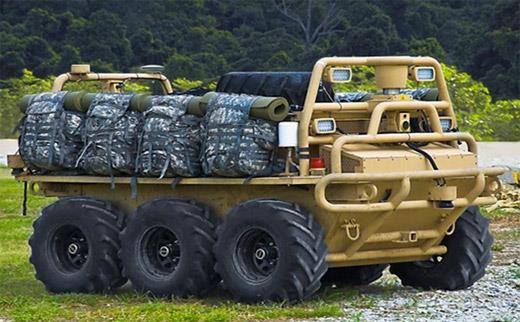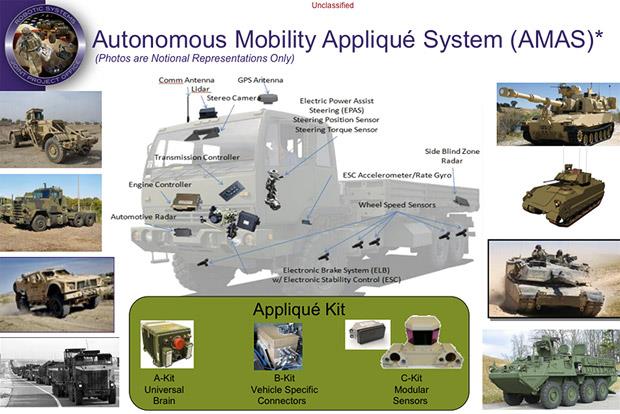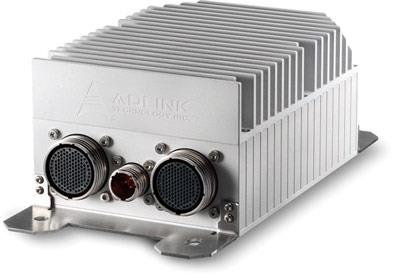UGV Requirements Push Evolution in HPEC Performance
Mike Jones, Rugged Systems Product Manager
ADLINK Technology Inc.
As modern warfare changes, so must the technical innovations from global defense sector technology partners. The changing face of military engagements, fewer troops on the ground, more use of reconnaissance gathered via autonomous vehicles, real-time feeds to operations and the emergence of network-centric warfare are driving the solutions and applications needed to better support today's warfighter.
At their core, today's battlefield engagements depend on access to and the ability to share complex, real-time data with battlefield commanders, who in turn can push select information all the way down to the front-line warfighter. As warfare adjusts to incorporate more types of autonomous vehicles, including those discussed in the Unmanned Ground Systems Roadmap1 developed by the US Army's Robotics Systems Joint Project Office (RS JPO), the need to further reduce SWaP—most-effectively through a standards-based footprint—while also providing High Performance Embedded Computing (HPEC) with flexible sensor I/O, will once again demand a quantum leap in engineering innovation.
The support of autonomous ground mobile computing requirements for vehicle operating functions such as vision, communications and autonomous navigation, in parallel with support for payload functions such as custom sensor input or weapons management, will place a high burden on the current crop of rugged HPEC offerings. Will the answer be more custom-fit proprietary solutions, a mix of smaller dedicated processors or the evolution of standards to meet the needs of an autonomous vehicle future? The optimistic answer is that the evolution of technology standards, COTS and engineering innovation will be help usher in the age of vehicle autonomy in all forms of military engagements.













